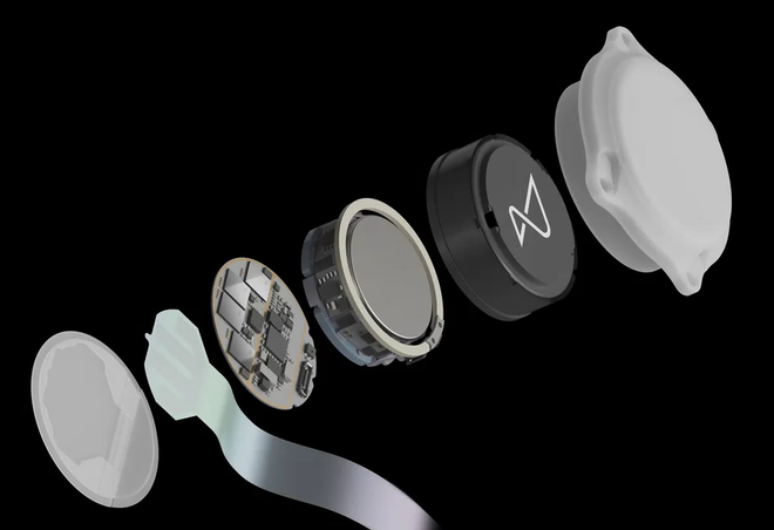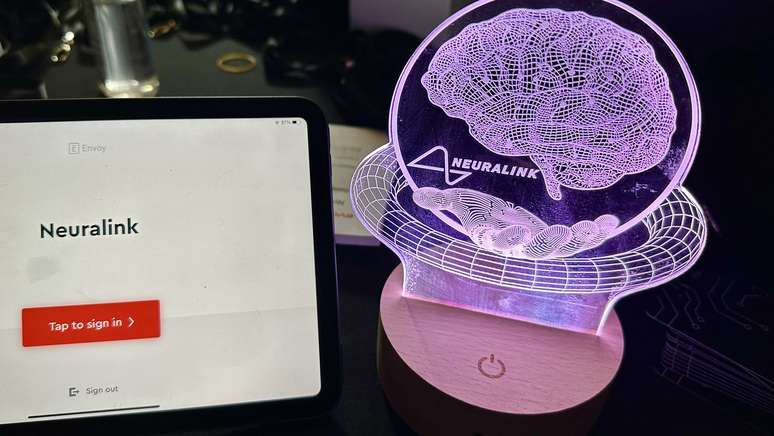Many wonder what the Neuralink implant does. The goal is for the user to be able to control electronic devices without moving muscles
The idea of connecting the brain to machines no longer belongs to science fiction films: since 2019 it has been one of the main projects of Elon Musk. Yes, we are talking about Neuralink, a company that over the years has developed the new brain-machine interface. But what exactly does the Neuralink implant do? What innovations can we expect?
- Neuralink | What is the design that connects a chip to the brain and how does it work?
- Neuralink: Elon Musk’s project worries experts
Let justice be done: the Neuralink implant is not suitable for everyone. The neuroscientist Miguel Nicolelis stated that the chip does not bring innovationbecause the main target audience (people with paralysis or some motor dysfunction) can receive non-invasive interfaces: “They live off advertising and bad science fiction“, said the specialist.
At the same time, the plant’s promises are ambitious. Elon Musk himself nicknamed the device Telepathy, as a metaphor for the implant’s capabilities.
What does the Neuralink implant do?
The Neuralink implant allows the user to control electronic devices with the mind (make calls, use a computer, control a keyboard), without having to move any muscles.
There is a secret behind telepathy: it is the region of the brain responsible for controlling the intention of movement, which is exactly where the implant is placed. A technology it works with brain waves to transform them into commands and carry out its task of controlling a device without the user having to move.
According to Elon Musk, the main target of the implant was patients suffering from amyotrophic lateral sclerosis (ALS), which limits movement. In fact, it is estimated that the the first human to receive the chip had this conditionbut little information has been revealed about his identity, other than that he is recovering after the successful operation.

The chip targets individual neurons, unlike devices under development, which usually target signals from groups of neurons.
Have you done this before?
And speaking of these devices: this is not exactly a new technique. Science has been doing this for years to treat neurodegenerative diseases. We have seen in a Brain implant helps voiceless patients speak or favor the communication through thoughtFor example.
Intracranial chips have been developed for various purposes, such as treating depression, chronic pain or Alzheimer’s. OR The brain implant has already allowed movement to resume and sensations of a quadriplegic man, including.
What is the innovation of the Neuralink implant?
With this it is possible to observe that Elon Musk’s technology is not exactly the first in what it essentially proposes (an intracranial chip), but it brings with it the innovation of being wireless and remaining hidden once inserted, which can contribute positively to self-consumption. esteem of the subjects involved.
One of the company’s bets is on the implantation method using robotic surgery, with the aim of reducing the risk of human error. In addition to keeping in mind what the Neuralink implant does, it is also worth focusing on the fact that the technology brings with it the visibility necessary for this niche. In this way the chip gains social attention and opens the door to inventions with similar proposals.
Source: The conversation, Neuralink
Trends on Canaltech:
- Brahma Phone: discover the disposable cell phone for Carnival
- Nubank’s Carnival mode promises more safety for revelers
- Instagram trains artificial intelligence to write and summarize messages
- The 45 most anticipated films of 2024
- 12 old apps that still exist and work
- Wonder Woman says who would really win the battle between Batman and Superman
Source: Terra
Rose James is a Gossipify movie and series reviewer known for her in-depth analysis and unique perspective on the latest releases. With a background in film studies, she provides engaging and informative reviews, and keeps readers up to date with industry trends and emerging talents.






